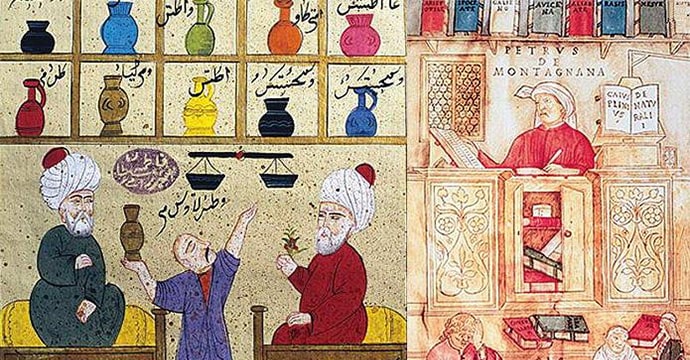From brushing your teeth to selfies, Doha News gathered a list of ways Muslims have contributed to your daily life.
The Islamic civilisation has contributed to the global sphere of influence in enormous ways, most notably through leading research that continue to be used in all fields and walks of life, from medicine to architecture to finance, and beyond.
It has been able to shape the world through inventions that are used until the present, especially in daily life.
Toothbrush
Yes, you read that right.
You are able to maintain your dental hygiene every day thanks to Prophet Muhammad, who pioneered the use of toothbrushes.
Speaking to CNN in 2010, Salim al-Hassani, Chairman of the Foundation for Science, Technology and Civilisation said that the Muslim prophet first invented toothbrushes in the year 600, or 6th-7th centuries.

Before reaching the form it is known as today, it was a twig from the Meswak tree that was cut from the top and rubbed on the teeth to clean them.
Modern day research have found that the plant, also known as Salvadora persica or the “toothbrush tree”, has antimicrobial activity and helps prevent gingivitis. The discovery of the cleaning tool also came as part of the importance of self cleanliness in Islam.
Coffee
Care for a cup of coffee? The Muslim world has got you covered.
Coffee is among the most famous discoveries by Muslims, tracing back to Yemen in the 9th century. The magical beans had helped Sufis stay up all night for prayer before reaching Syria and Turkey in the 13th century.
The beans were first discovered more than 1,200 years ago when a shepherd found his goats become hyper after eating coffee beans. The beans were eventually experimented with and boiled to become known as the magic drink.
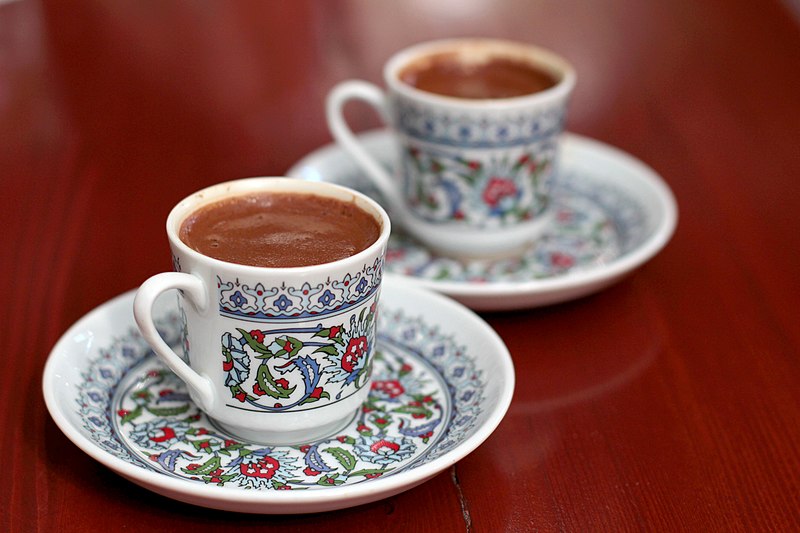
“Coffee is the common man’s gold, and like gold, it brings to every person the feeling of luxury and nobility,” wrote Sheikh ’Abd al-Kadir in the earliest known Manuscript on the history of coffee in 1588.
The beans eventually reached Europe in the 16th century after it was brought to them by Italy.
Maps
The first thing that comes to mind when getting lost is using a navigation app, such as Google Maps.
Before they became digitised, maps helped people throughout history to navigate around the globe. It is believed that the earliest creation of maps were on clay tablets before papers were eventually introduced, in Baghdad in the 8th century.
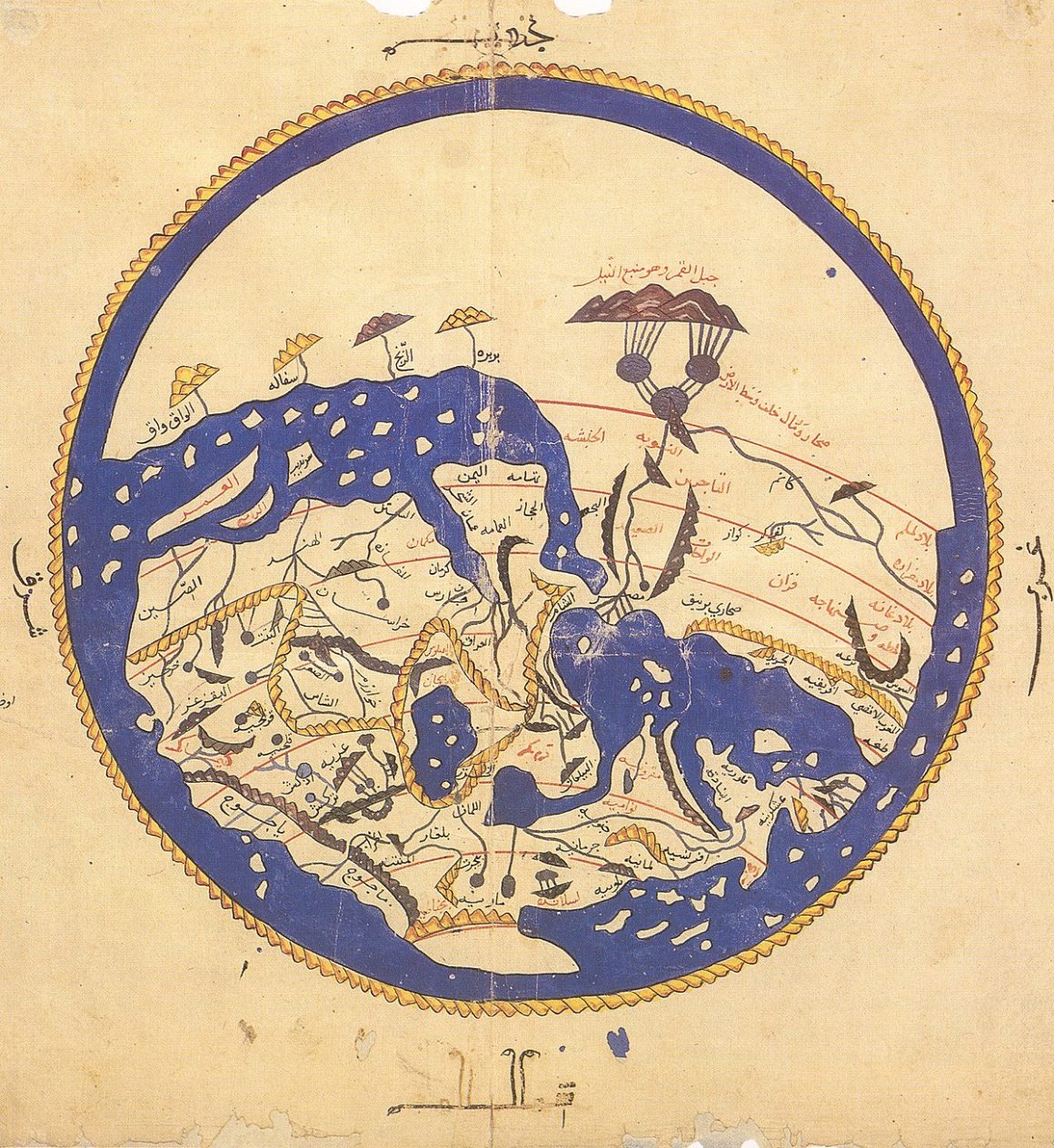
One of the most famous maps dates back to the 12th century, created by the Andalusian cartographer, Al-Idrisi in Sicily. He was able to provide an accurate illustration of the world which became the go-to map for all travellers.
Clocks
Your smart watch is probably buzzing as you read this, or you are checking the time on your phone? That too was discovered by Muslims.
Before watches went digital and smart devices became the tool to tell the time, clocks existed. Going back to the 1,200s, Muslim inventor Ismail Al-Jazari built a three-metre ‘elephant clock’ amongst his various other clock inventions.
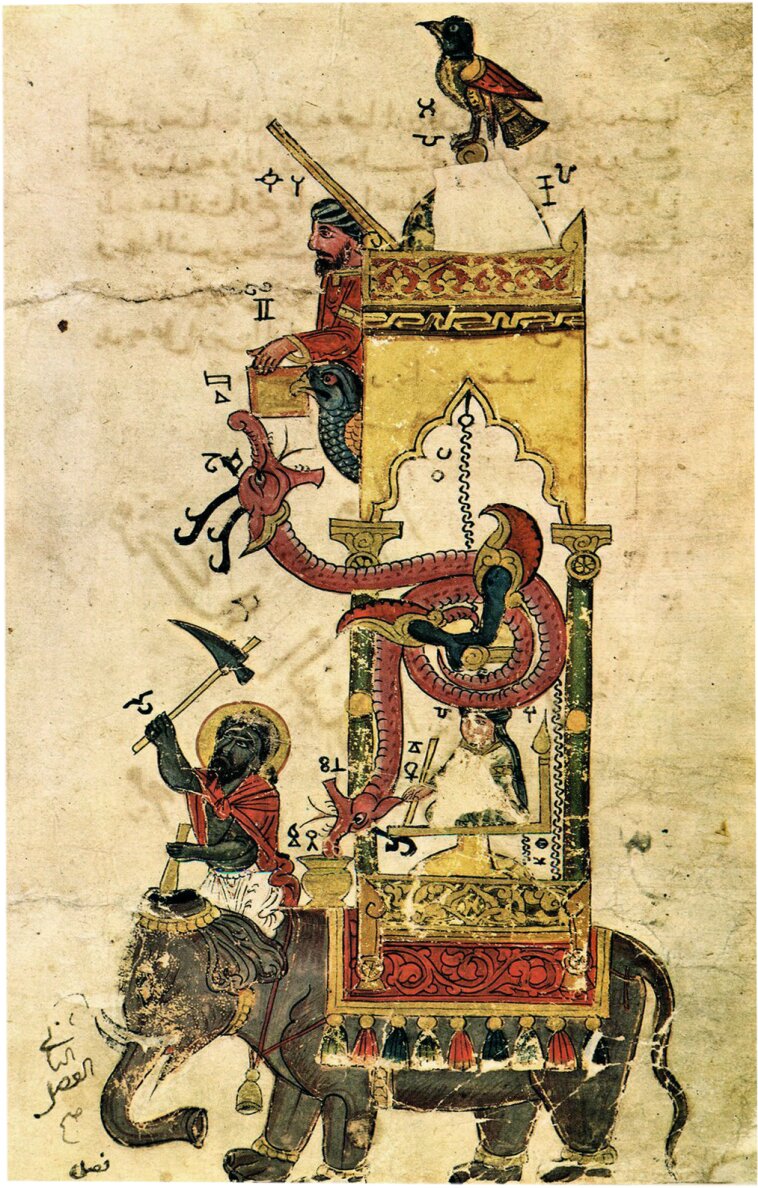
The invention would help Muslims tell the time of their five daily prayers, from the break of dawn to night time prayers.
It included a weight-powered water clock that is placed in the structure of an elephant. The same elephant also carries dragons, a phoenix, and a turban that represent numerous cultures.
Another invention by Al-Jazari included a robot that produced a sound whenever an hour passed.
Camera
As you take your daily selfie, or a photo of your morning coffee, you might want to remember to thank Ibn Al-Haitham.
Cameras were developed thanks to Ibn Al-Haitham’s famous “camera obscura” around the year 1,000, to understand human vision with the use of light reflections.
The inventor’s in-depth study of the human eyesight pushed aside Greek theories that believed the light itself was emitted from the eye. His findings led the advancement of the knowledge and study of optics in the Muslim world.
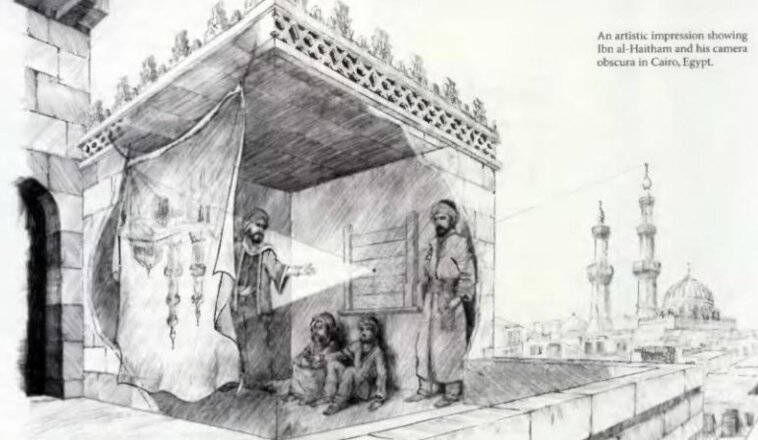
Ibn Al-Haitham developed the camera obscura with the use of a pinhole camera positioned in a dark room. Through the pinhole, the Muslim inventor was able to trace the path of light, which provided an inverted image of objects on a white sheet that was placed on the other end of the camera.
He then named the invention “qamara” until it became known as “camera”.

